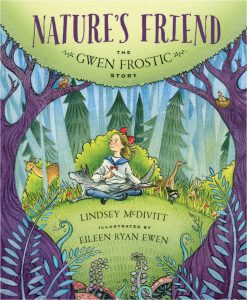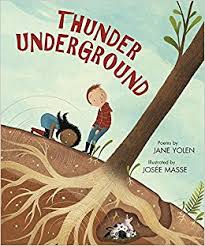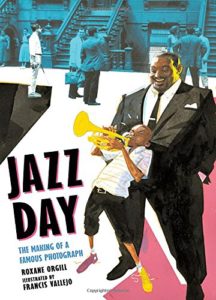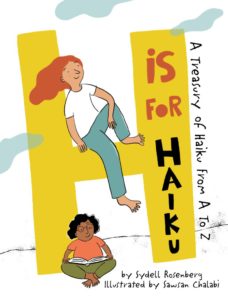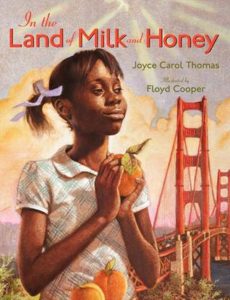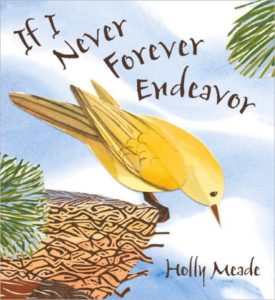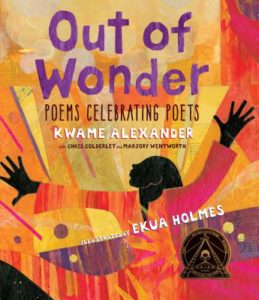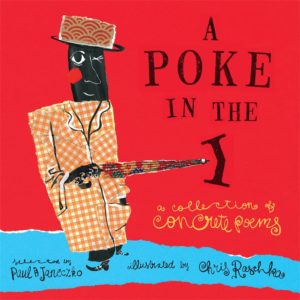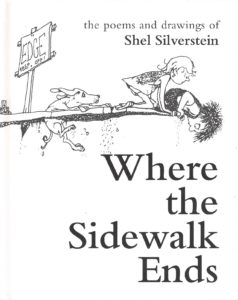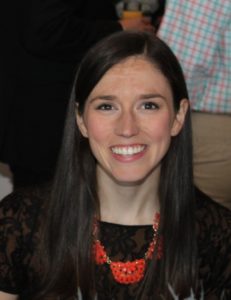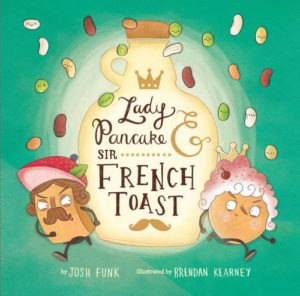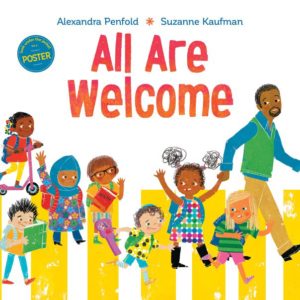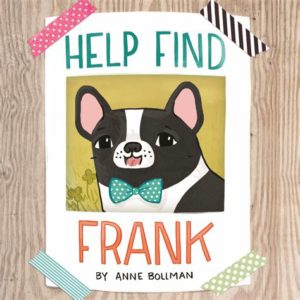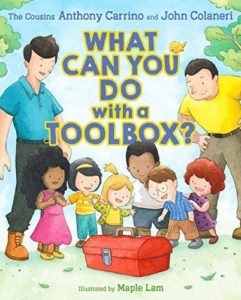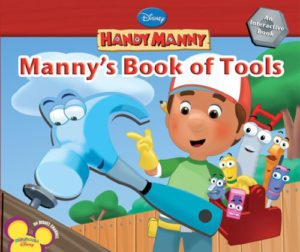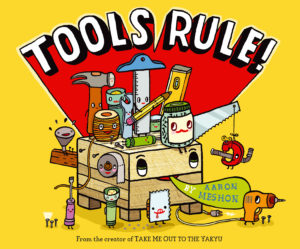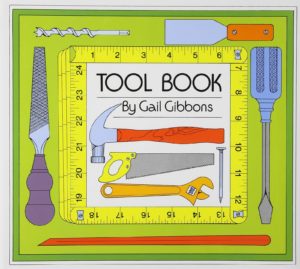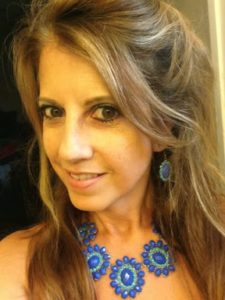 This month’s author interview is with Florida writer Lynne Marie. Before the official OPB interview starts, let’s get to know a bit about her via a Ten Cool Bio Factoids list. Enjoy!
This month’s author interview is with Florida writer Lynne Marie. Before the official OPB interview starts, let’s get to know a bit about her via a Ten Cool Bio Factoids list. Enjoy!
- Lynne’s favorite 3 places? The library. The World. Disney.
- She lives on a lake in South Florida “which she shares with many feathered and scaled friends,” including a a Great Blue Heron named Baymax and four Wood Storks named Michelangelo, Donatello, Raphael, and Leonardo (and of course, her daughter Kayla, son Kevin, and Schipperke puppy, Anakin).
- She’s originally from Nesconset, NY but has lived in Sanibel, FL and in Hollywood, FL.
- Each year, she tries to read 1,000 picture books. Most years, she succeeds!
- Former pets include five hedgehogs: Nike, Willow, Sirena, Athena, and Hamlet as well as a Schipperke name Dante and an African Bullfrog named Bully.
- Hedgehog Nike was the inspiration for Lynne’s two Hedgehog books.
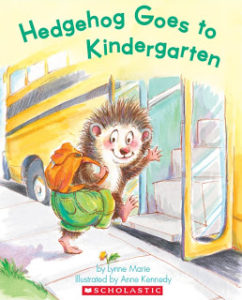
- She studied English at SUNY Empire State College.
- She has two children who “always provide lots of inspiration for her stories.”
- She’s a longtime SCBWI member (since 2000).
- She loves to travel … which is probably why she also works as as travel agent.
So without further ado, here’s the OPB interview with Lynne, plus a few links if you need more Lynne Marie magic!
Website: www.literallylynnemarie.com
Blog: literallylynnemarie.blogspot.com
Twitter: www.twitter.com/Literally_Lynne
Instagram: www.instagram.com/pictures.by.pixel.pixie
Facebook: www.facebook.com/WordsandPictures.by.LynneMarie
Critique and Mentorship Website: www.thepicturebookmechanic.com (Coming Soon!)
RVC: Prior to getting your first book deal, you had a lot of success in the magazine world with hits at Spider, Hopscotch, Family Fun, Writer’s Digest, etc. What was your first professional writing credit?
LM: I have been writing practically all my life and majored in English and Children’s Literature in College and drafted pleadings as a Paralegal, so I did have some experience and skills when I started in magazines. I was fortunate enough to have a small tidbit published in Family Fun Magazine (a parenting magazine) in 1997 as my first official magazine credit. Then, I had another small tidbit published in their book, Games on the Go, in 1998. That’s all it took for me to get the “publication bug” and I have been writing with an eye toward publication ever since!
RVC: What was your most meaningful strike in the magazine marketplace?
LM: Hands down, the most important strike was when I sold my story “Arachne’s Thread” to Highlights for Children, in or around 2003. Ironically, this is scheduled for publication in March 2019.
RVC: My goodness, that’s a long time from acceptance to publication.
LM: “Arachne’s Threat” is a Greek myth about spiders — I think it was really well written, however I was surprised they bought it because it was a little dark for them. I submitted it anyway because they didn’t have many Greek myths and it was one of my favorites and it sold.
Highlights pays upon acceptance and then puts it in a topic folder for future consideration. I guess the world is ready for such myths now 😉
RVC: So you’ve been seriously studying the art of writing picture books for about two decades thanks to college classes, online classes, conferences, and more. What helped the most? What role did mentors and writing critique groups play into your development?
LM: I dabbled in book reviews, poetry, and parenting articles for a while before finding my way to picture books in 1999. Once I decided on that path, I went to Borders and purchased a copy of the Children’s Writer’s & Illustrator’s Market and joined SCBWI (Society of Children’s Book Writers and Illustrators). I would have to say, without a doubt, that SCBWI helped the most.
I have attended conferences on Long Island, in NYC, Massachusetts (NESCBWI), upstate NY (Hudson Valley SCBWI), Western Pennsylvania, Eastern Pennsylvania, New Jersey, LA (each of these several times), Florida and even one in Madrid, Spain. This organization provided knowledge, information, connections, resources and opportunities. In fact, my first book sold indirectly through a NY conference (the editor passed it along to a colleague) and my second book sold as a result of that as well, and my fourth book sold to Meredith Mundy of Sterling as a result of a critique at the 2016 Orlando Florida Conference. She didn’t take the critique submission as she had too many dinosaur books on her list, but asked what else I had. So, I pitched Moldilocks and the 3 Scares, and she asked that I send it. It’s coming out from Sterling in fall 2019.
RVC: You’ve said that the thing about picture book writing is that it’s NOT about good writing–instead, it’s about great writing. Help clarify that important distinction.
LM:Yes–I’ve also said that great writing is just a foundation for success. The truly essential quality is great storytelling. It doesn’t matter how lovely your writing is if you can’t effectively tell a story and grip the reader to follow your character and seamless plot wherever he/she/it goes.
RVC: What’s the most unexpected tool in your writer’s toolbox?
LM: Hmmm…I would have to say reading, because it’s just so much a basic and not surprising answer that it is often overlooked. Each of my books that have been published are a result of reading at least 50–100 books on similar themes and topics and making sure that my book was as good as, if not better, than the rest AND that it filled a hole in a publisher’s market and list.
I also think you learn gads from participating in an active critique group AND really considering criticism whether you agree with it or not.
RVC: What do you get out of your work as a book reviewer and a writer for Children’s Book Insider?
LM: My work as a book reviewer makes me an educated reader, which is essential for success. It also feeds into what I wrote above. This year, I am a Cybils Elementary and Middle Grade Nonfiction Judge, so I am getting to read and review the best of the best! I am truly getting a sense of what publishers are looking for nonfiction, what they’ve published and even, what they haven’t yet published.
With Write for Kids (Children’s Book Insider), I am getting a chance to share my connections with others and make new ones through the editors and Agents that I interview, as well as learn and get invaluable information from the other columnists who I write with via our monthly e‑zine.
RVC: Let’s talk about your two Hedgehog books. What was the process of developing the character of Spike?
LM: Spike was inspired by my actual Hedgehog, Apollo Nike, who I called Nike and nicknamed Spikey Nike. He was very nervous and would spike a lot around people and noises. No one could hold him but me. Though he had a prickly exterior, he was fine with the right person, and that’s where the idea of Sheldon came from (someone who can handle him physically).
I thought about equating him with a child and realized that a bus ride would be very scary and unnerving for him, especially if it hit a bump. And wham! The story was born. As always, figuring out the solution was the challenge, but also fun, as I considered which animals he could and couldn’t sit next to. Of course, Sheldon the Turtle, won the seat.
RVC: Does Spike have more adventures in him?
LM: I truly hope that he does.
RVC: You’ve got a new picture book that just came out. What’s the story of how The Star in the Christmas Play came to be?
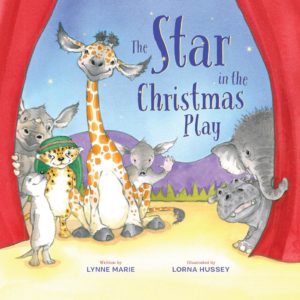 LM: The Star in the Christmas Play is one of my older stories that was inspired by a stuffed giraffe that my daughter had named Raffi. The idea began with a character and his flaw/story problem–he was too tall to do what he wanted to do. From there, I did have quite a challenge in envisioning a solution for being too tall, so I flipped it in my mind and started to think of the things that a giraffe wouldn’t be too tall for. Because some of them were too obvious and/or visited in other books, my mind raced past them. Then I thought of “to be a star.”
LM: The Star in the Christmas Play is one of my older stories that was inspired by a stuffed giraffe that my daughter had named Raffi. The idea began with a character and his flaw/story problem–he was too tall to do what he wanted to do. From there, I did have quite a challenge in envisioning a solution for being too tall, so I flipped it in my mind and started to think of the things that a giraffe wouldn’t be too tall for. Because some of them were too obvious and/or visited in other books, my mind raced past them. Then I thought of “to be a star.”
From there, my mind tumbled around with the word “play” (movie star or lead in a play) and a variety of scenarios until I settled on one of the most famous stars of all (the Star of Bethlehem). From that point, everything came together so nicely and I knew what Raffi wanted in the story–to be the “star” of the Christmas Play.
After completion, I put this away and only looked at it from time to time. Until…I saw the Sparkhouse Family (now Beaming Books) Contest. I didn’t really have much in the way of religious-themed book beside this one (although religion is really just the backdrop and the theme is accepting yourself and finding your own way to shine), but I sent it along anyway. Sometime after the close of the contest, Andrew DeYoung contacted me to tell me although my entry didn’t win, they couldn’t stop thinking about it and and were sending it to acquisitions the next month! Thankfully, it passed through and came to life in the capable hands of Lorna Hussey, illustrator of my second book, Hedgehog’s 100th Day of School.
RVC: Want to tease us about picture books under contract?
LM: Both Moldilocks and the 3 Scares (Sterling) story and/or Let’s Eat! Mealtimes Around the World, are scheduled for release in fall 2019. Moldilocks is a Goldilocks retelling starring a zombie girl and monsters, so of course, I am extremely excited about this. It adds another level to the story in that the lives of three monsters who feel something is missing become “just right” when an orphaned Zombie girl sloshes across their porch and into their hearts. And Let’s Eat is a fun exploration of meals and customs of children from 13 countries across the world. We intend to offer a lot of supplemental materials via both my blog and the Beaming Books blog, like recipes and other fun information.
RVC: Speed Round! Ready … go! Worst name for a hedgehog?
LM: LOL. Probably Prickles.
RVC: Most underappreciated food joint at Disney?
LM: Oh, gosh–I could do an entire interview on this. For fast food at Magic Kingdom, Casey Jr. They have a really tasty Vegan Slaw dog. For full service–everyone wants to eat at Cinderella’s Castle but my absolute favorite is 1900 Park Fare where you get to meet Cinderella and the Prince, but even better–the Wicked Stepmother and the Stepsisters. And the buffet is decent too.
Since this has become more popular over the years on its own, I’ll add the buffet at Trail’s End at the Fort Wilderness Campgrounds AND breakfast at the Garden Grill in Epcot.
RVC: Favorite writing venue?
LM: At home, in my office on my computer, surrounded by all my books and inspirational tchotckhes. I love my writing space.
RVC: Best picture book of 2018?
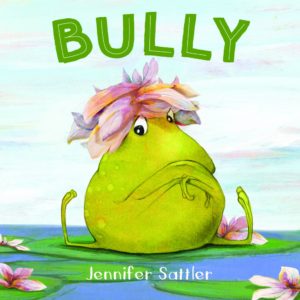 LM: Oh, goodness! This is a tough one. But thinking of the books that I just read, I really loved Bully by Jennifer Sattler and Lost in the Library: A Story of Patience and Fortitude by Josh Funk. Misunderstood Shark by Ame Dyckman, If Wendell Had a Walrus by Lori Mortensen, just to name a few because I honestly could go on and on and on.
LM: Oh, goodness! This is a tough one. But thinking of the books that I just read, I really loved Bully by Jennifer Sattler and Lost in the Library: A Story of Patience and Fortitude by Josh Funk. Misunderstood Shark by Ame Dyckman, If Wendell Had a Walrus by Lori Mortensen, just to name a few because I honestly could go on and on and on.
[Sidenote from
OPB:
Check out Lori’s fall 2018 interview with us!]
RVC: The most important reason aspiring writers should join SCBWI?
LM: I am a HUGE fan of SCBWI for so many reasons. However, joining SCBWI and going to conferences is only part of the recipe for success. You have to do the work. Read, write, revise, critique, be critiqued, read, write, revise, repeat.
RVC: Three words that describe your approach to picture book writing.
LM: Humor. Heart. Imagination.
RVC: Thanks so much, Lynne!
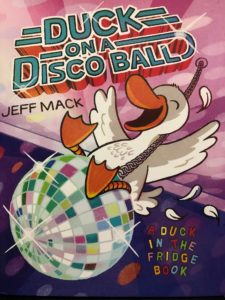
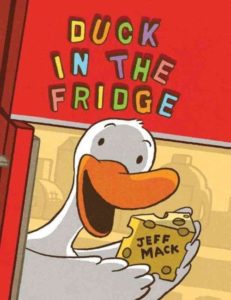
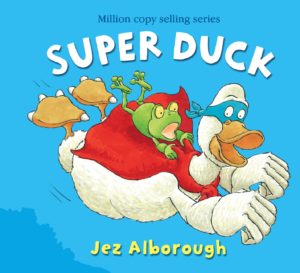
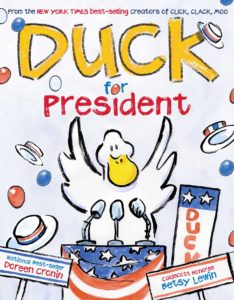

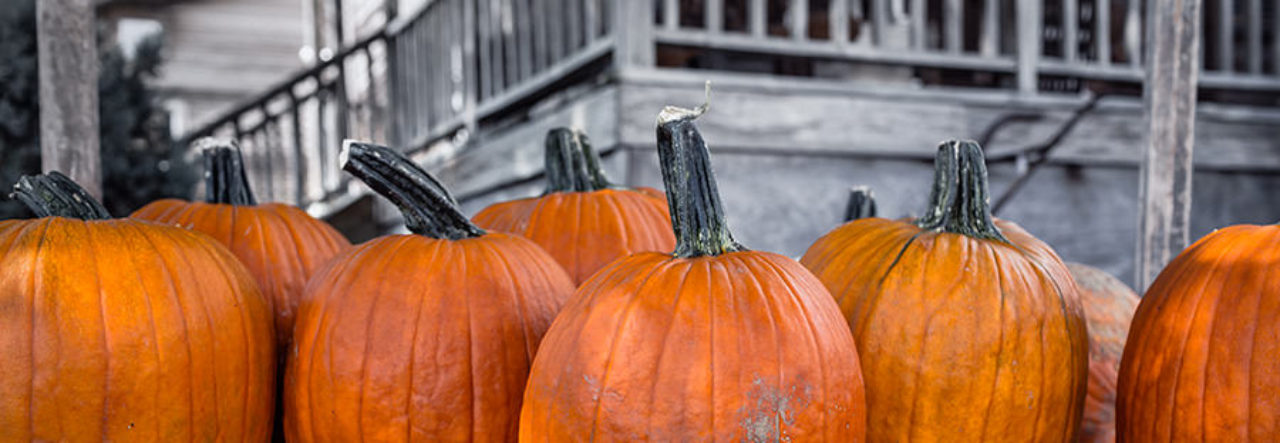
 This month’s author interview is with Florida writer Lynne Marie. Before the official
This month’s author interview is with Florida writer Lynne Marie. Before the official 


